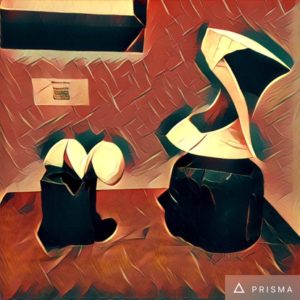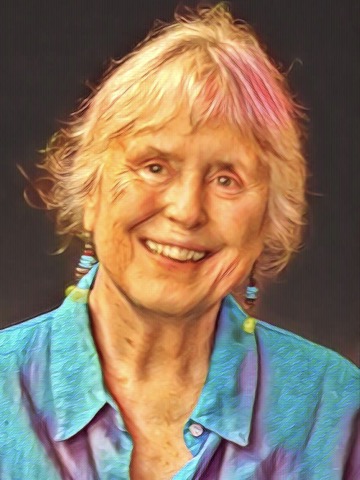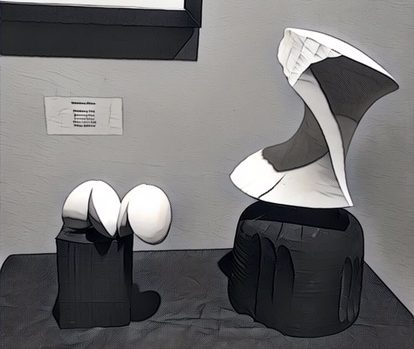Barbara received a BS degree in Nursing from the University of Tennessee in 1968. Her career took her to Europe and to East Africa in the early 70’s and her photographs were her souvenirs. She received a Masters of Psychiatric Nursing from Boston University in 1980 and coordinated psychiatric aspects of emergency departments at Boston City ED and at Medical college of Virginia’s ED. Barbara’s first experience with carving wood was in 1988 at a carving class in Richmond, VA.
Wood became her passion and in 1989 was able to retire from a 21 year career in nursing. She first studied woodturning in 1990 at Arrowmont with Michael Hosaluk; then in ’91 with Ray Key; then in ’92 with David Ellsworth. She has attended symposiums, workshops and demos through the years. In 1998 she started teaching beginning woodturning at the Hand Workshop in Richmond (now the Visual Arts Center, 1998-2006).
She was always fascinated with multi axis turning and in 2006 her focus turned to multi axis turning. Tired of running into dead ends with her candle holders, she decided to see if there was a way to sort out the confusion of this aspect of turning. If an obsession is to wake up with a new “what if” most mornings, then she was obsessed.
Barbara enjoys teaching and sharing her knowledge. She has made an instructional DVD which is on her you tube channel, has recently compiled a book loaded with drawings, photos, and information and has published articles in the American Woodturner (Fall and Winter of 2007, February, 2010, December of 2011, and October, 2013). She was an Emerging Artist at the 2011 National Symposium and has demonstrated at SWAT in Texas, the Appalachian Center for Craft, Arrowmont, The Center for Furniture Craftsmanship, and at AAW symposiums, as well as turning clubs in many states and in Canada.
She created a book about multi axis spindle turning that was published in the summer of 2018 and is available in bookstores and on line (Amazon).
She now enjoys time in her studio in Rockville, Virginia.
”My interest is to experiment with the many forms that can be turned on a lathe between centers.”


